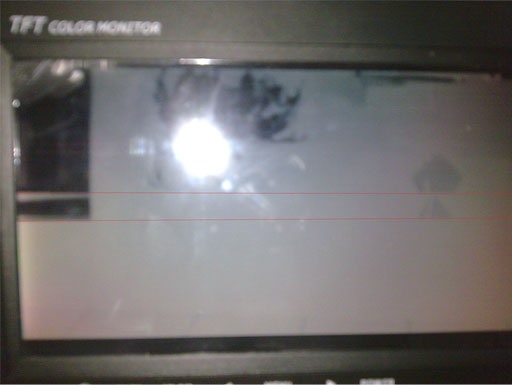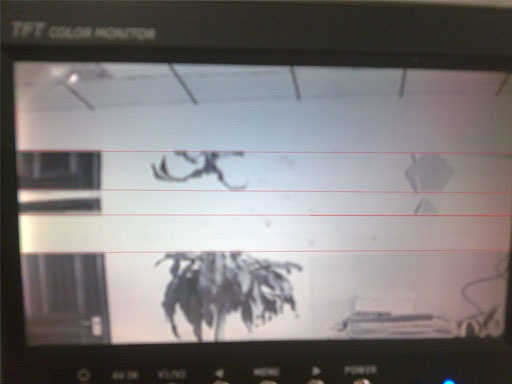hi,
I want to process the pictures which i get from the VPFE,I want to know exactly the data in one frame formed by two fields deinterlaced under PAL standard,I know the
YUV422,except this ,are there any other data in the frame?For example,in the TI's encodedecode demo ,the capture thread got 720x480 size of frame,in my codecs ,I want to make the frame up side down,the code almost like this :
for(i=0;i<height/2;i++)
for(j=0;j<lenth;j++) { swap the pixel data here},then send to display .
the result i get is somewhat like this :at the middle of the screen ,there are about ten pixel height picture data remain unchanged.Please ,I want someone to help.Thanks.



